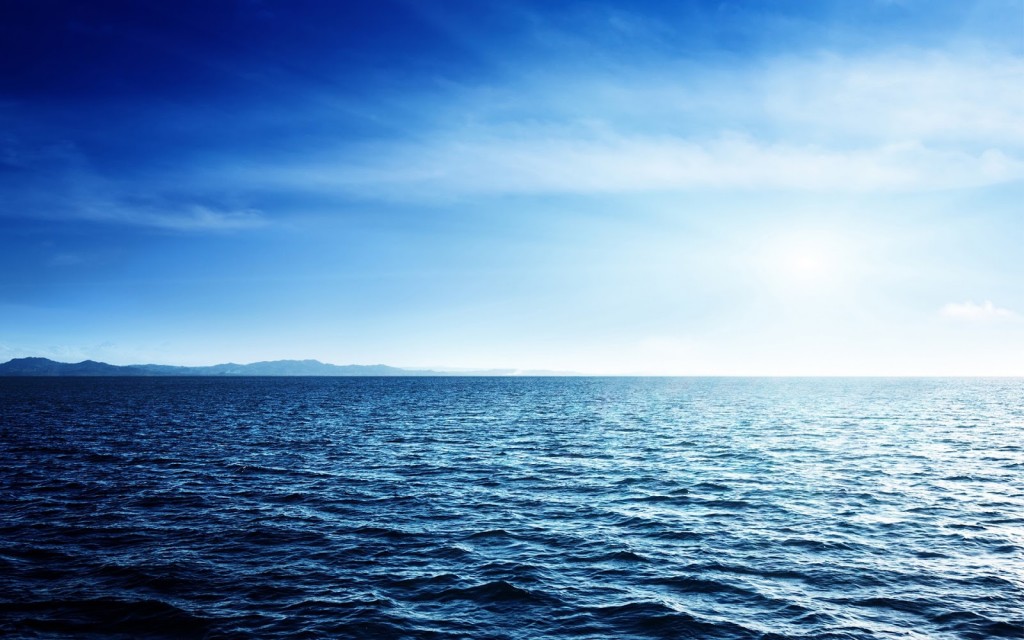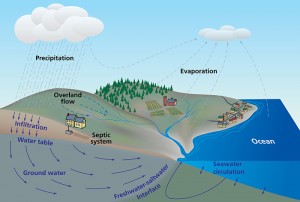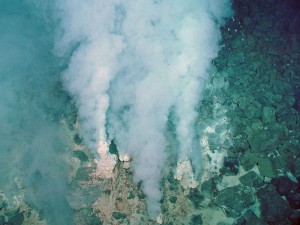Starting in the 1500s, many geologists began to estimate the age of the Earth using faulty sources and theories. For example, James Ussher estimated the age of the Earth to be over 6,000 years old based on the timelines given in the Bible and other historical events. One of the estimation that stood out was made by John Joly, an Irish geologist. In 1899, Joly published a paper estimating the age of the ocean, which he believed to be the same age as the earth, to be 90 million years old. He made his estimation based on his idea that the ocean started out fresh and as the Earth grew older, the ocean grew proportionally saltier also. However, this idea has been proven wrong today with our understanding of the ocean.
There are many ways that the ocean gets saltier. For example, weathering, hydrothermal vents, submarine volcanoes, as well as evaporation of the ocean. The process of weathering is a condition caused by the sulfuric-containing rain falling on rocks and sediments that causes it to release minerals that are contained within. When these minerals are released from the rocks, they are then transported from the river to the ocean. This increases the overall salinity of the ocean. A second way to increase the salinity is from the hydrothermal vent sat the bottom of the seafloor.
At the hydrothermal vents, high pressure and high temperature causes the degradation of the sediments at the oceanic floors, which in turns releases minerals trapped within to the surrounding waters. Similarly, the submarine volcanoes releases minerals in the same way. Finally, the most well-known method to increase the salinity of the ocean is through evaporation of the ocean. When the ocean undergo evaporation on a hot day, it leaves behind the salts in the ocean while the water particles moves itself into the atmosphere. Therefore, evaporation is the most readily method to increase the salinity of the ocean and this is most evident in areas of high temperature.

Coccolithophore: an example of marine organism requiring calcium for shell
Copyright: Great Belt Research Cruise
While there are many ways to increase the salinity of the ocean, our ocean is not, by Joly’s theory, getting saltier with time. The reason for this is due to the plate tectonics movements as well as the circle of life of marine organisms. Firstly, when an oceanic plate collides with another continental plate, the oceanic plate tend to collide below the continental plate into the earth. When this happens, the salty minerals-containing sediments are buried deep within the Earth and therefore removing the salt in the ocean. However, the seafloor tectonic plates movement is also the cause for tsunami. Secondly, the ions in the ocean are required by marine organisms to survive. For example, these organisms require sodium to survive and calcium are needed to build skeletons and shells. When the organisms take up these ions, they also contribute to the removal of salts from the ocean. Therefore, although the ocean does get salty with time, as James Ussher predicted, the ocean also provides mechanisms that removes the salts. This is due to a phenomenon called the steady state where the ocean reaches an equilibrium between the rate of addition of salts and the rate of removal of salts.
 This Youtube video demonstrate how the plate tectonic collides at the seafloor.
This Youtube video demonstrate how the plate tectonic collides at the seafloor.
-Vivian Wu



